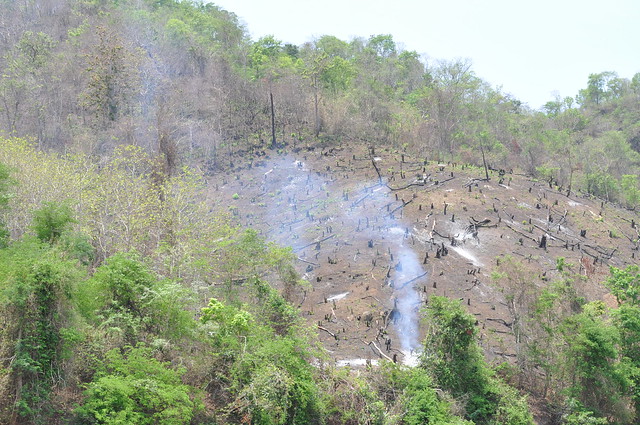Two of WRI’s experts, Frances Seymour and Nancy Harris, offered their insights on tropical deforestation in the prestigious journal Science. Here, Frances explains how it came about. Following her explanation is a brief excerpt from the Science piece, with links to a summary, reprint and full text of the article.
Explanation | Back in April, an editor at Science magazine invited us (Frances Seymour and Nancy Harris) to contribute a commentary on the drivers of tropical deforestation, and how to protect rainforests. Little did we know that our article would be published just as the world’s attention focused on the fires blazing in the Amazon.
Our commentary highlights a yawning gap: On the one hand, remote sensing has enabled us to identify the extent of forest loss – see the annual update provided by Global Forest Watch – and increasingly, to identify the specific drivers of that loss. On other hand, despite knowing quite a lot about what actions have proven successful in curbing deforestation, mustering the political will to implement and sustain such actions has proven elusive.
In our brief treatment of a large and complex topic, we present the most recent data on the different and changing drivers of primary forest loss across three forest-rich geographies and suggest that each situation requires a response tailored to local circumstances. We note that international finance and market incentives have not been sufficient to leverage change, and conclude by calling for better science communication to raise awareness of why forests are so important to climate and development objectives.
Excerpt | Primary tropical forests continue to be lost at high rates, with disturbing consequences for biodiversity, climate change, and the rights and livelihoods of local communities. Improved spatial data and monitoring systems are enabling researchers to identify drivers of deforestation with increased geographical precision and to assess the relative potential of various interventions to stem forest loss. International initiatives currently focus on halting the expansion of commercial agriculture for export markets, a driver of deforestation that emerged in the 1980s. Numerous corporations are trying to implement commitments to remove deforestation from their commodity supply chains. However, recent research shows that the drivers of deforestation are complex and can change rapidly. A range of policies customized to specific jurisdictions will be needed to address them effectively.
Read more on Science:



